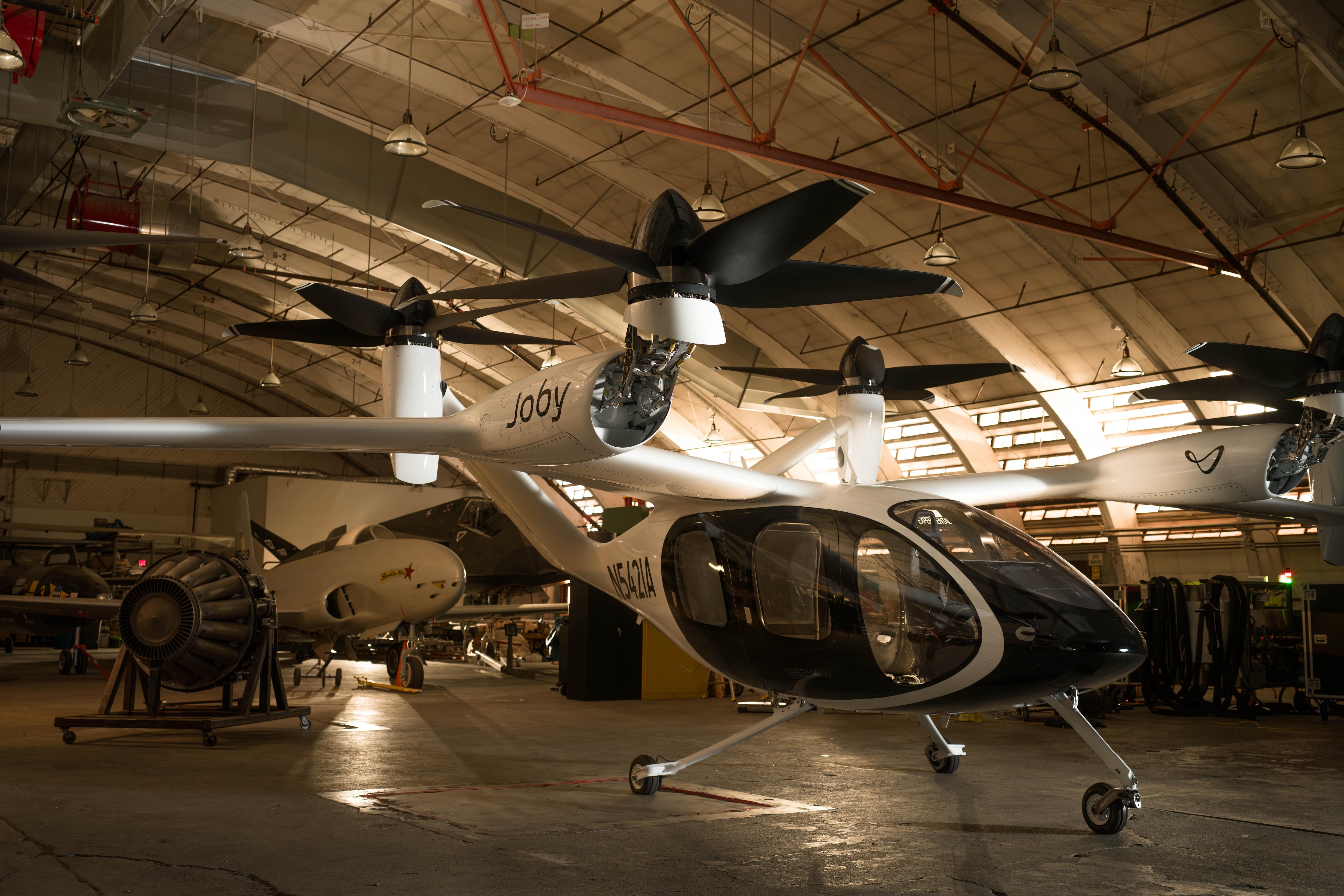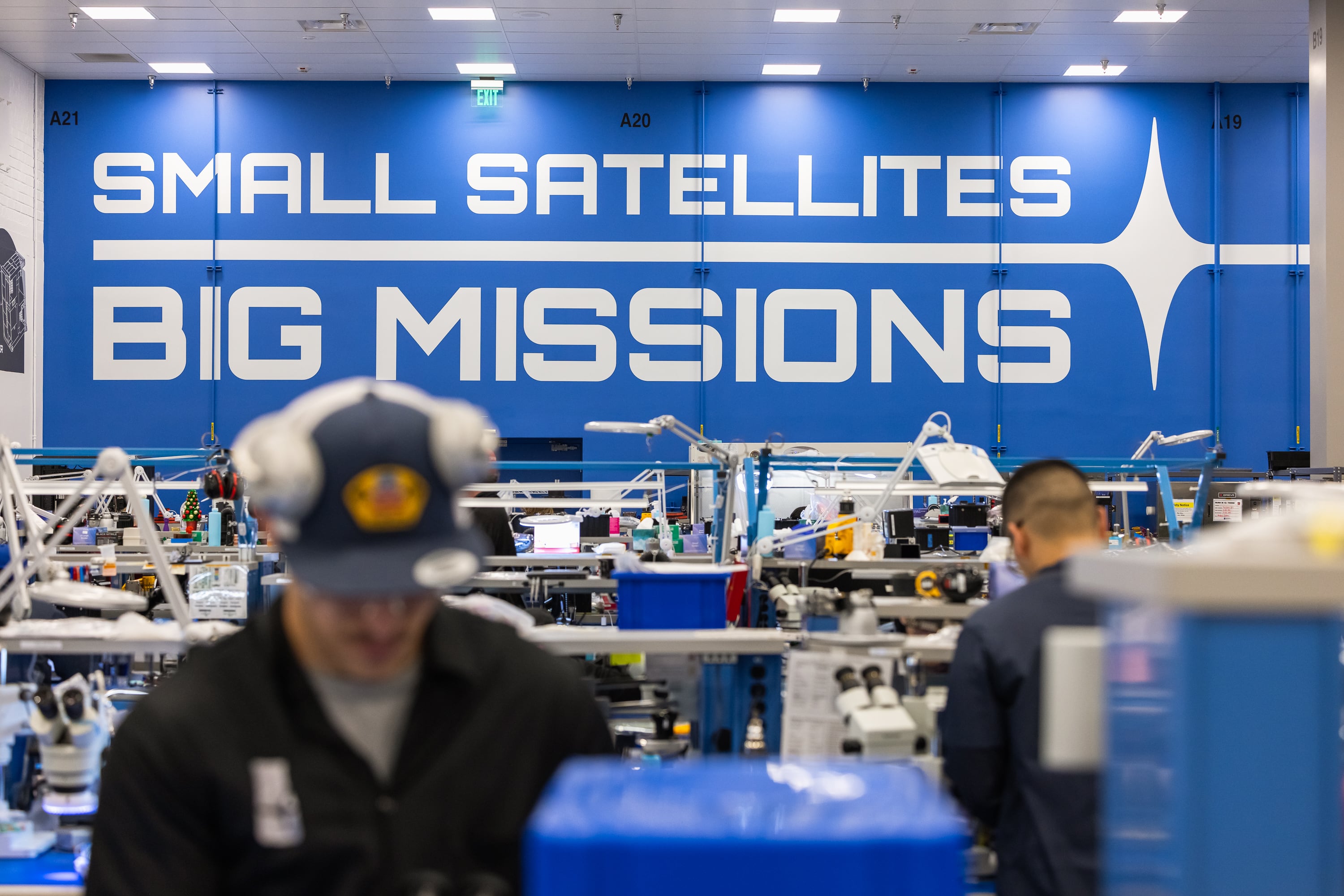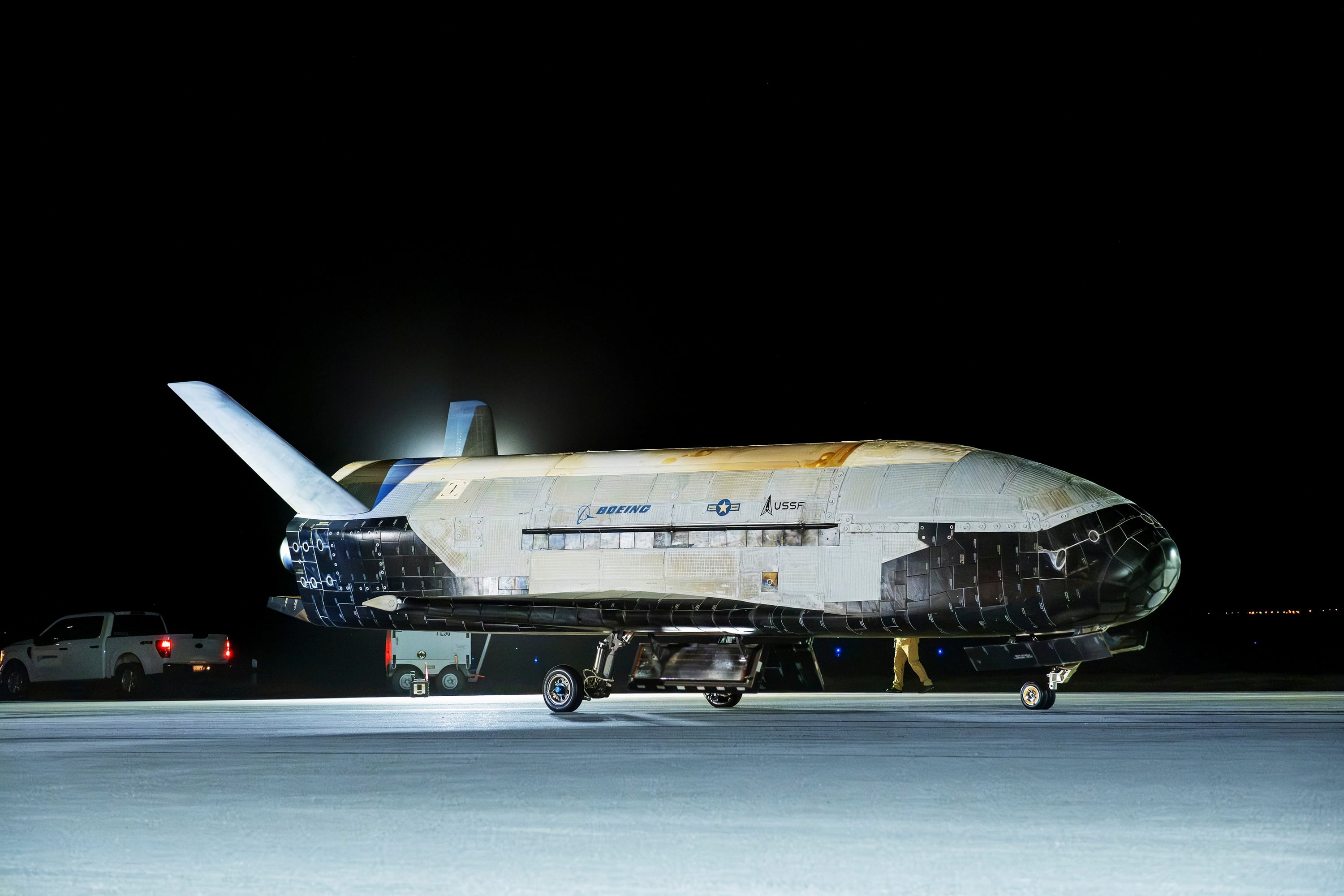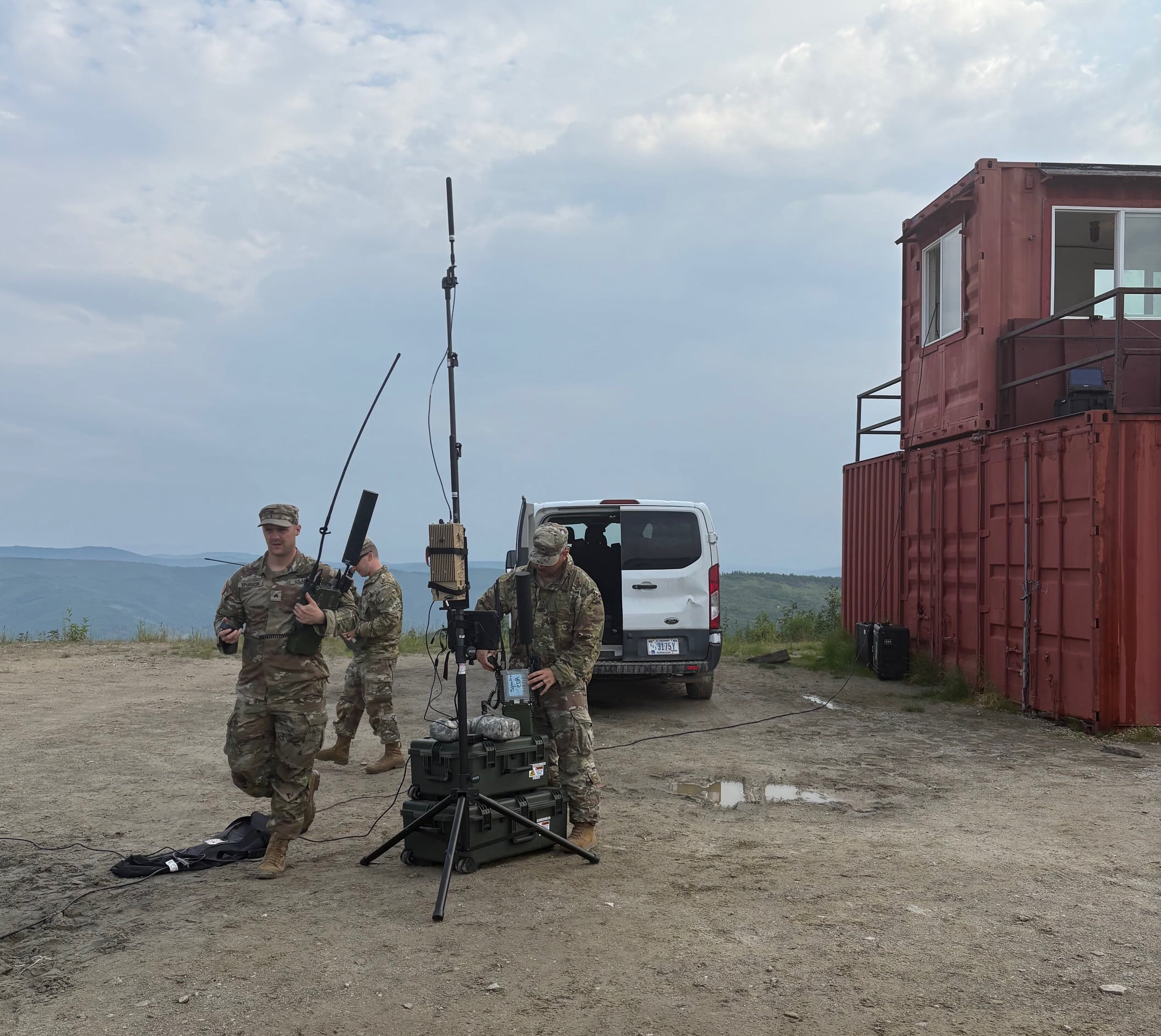The use of unmanned aerial vehicles in defense operations is in the early stages. Operations to date have mostly been in uncontested environments. But that's expected to change in the near future, and preparing for that reality will require a comprehensive approach to UAV defense.
There are at least six key areas that must be addressed in order to enhance the defenses of remotely piloted aircraft and better secure unmanned operations, according to a recent report from the Joint Air Power Competence Centre, which does research and analysis for NATO. Those areas include the aircraft themselves, payloads, the human element, control elements, data links and support elements.
"The main point is if you want to enhance survivability of a UAV system, you have to look at all the different elements. It's not only the aircraft," said Maj. Andre Haider, the JAPCC's remotely piloted aircraft systems lead. "It's a big mistake that's commonly made – people just look at the aircraft. But if you shoot down the ground control station, you're going to lose the asset. So you have to look at all the specific components."
Haider spoke on the floor at the AUVSI conference in Atlanta on May 5.
While uncontested environments are the status quo today, military officials are aware that changes will need to be made in anticipation of impending changes to the threat landscape.
So far, there has been no real need to implement operations for contested environments, so "there's been no drive to make those changes," said Col. Bernard "Jeep" Willi, combat air branch head at the JAPCC.
Some critical targets in the ramp-up to contested-environment operations include stealth technologies, radar warning receivers, countermeasures and cybersecurity, the JAPCC officials said.
"Cyber warfare is a very big threat, because UAV systems are connected to many other systems. So there are many…entry points where an enemy could come in and try to take over," Haider said.








